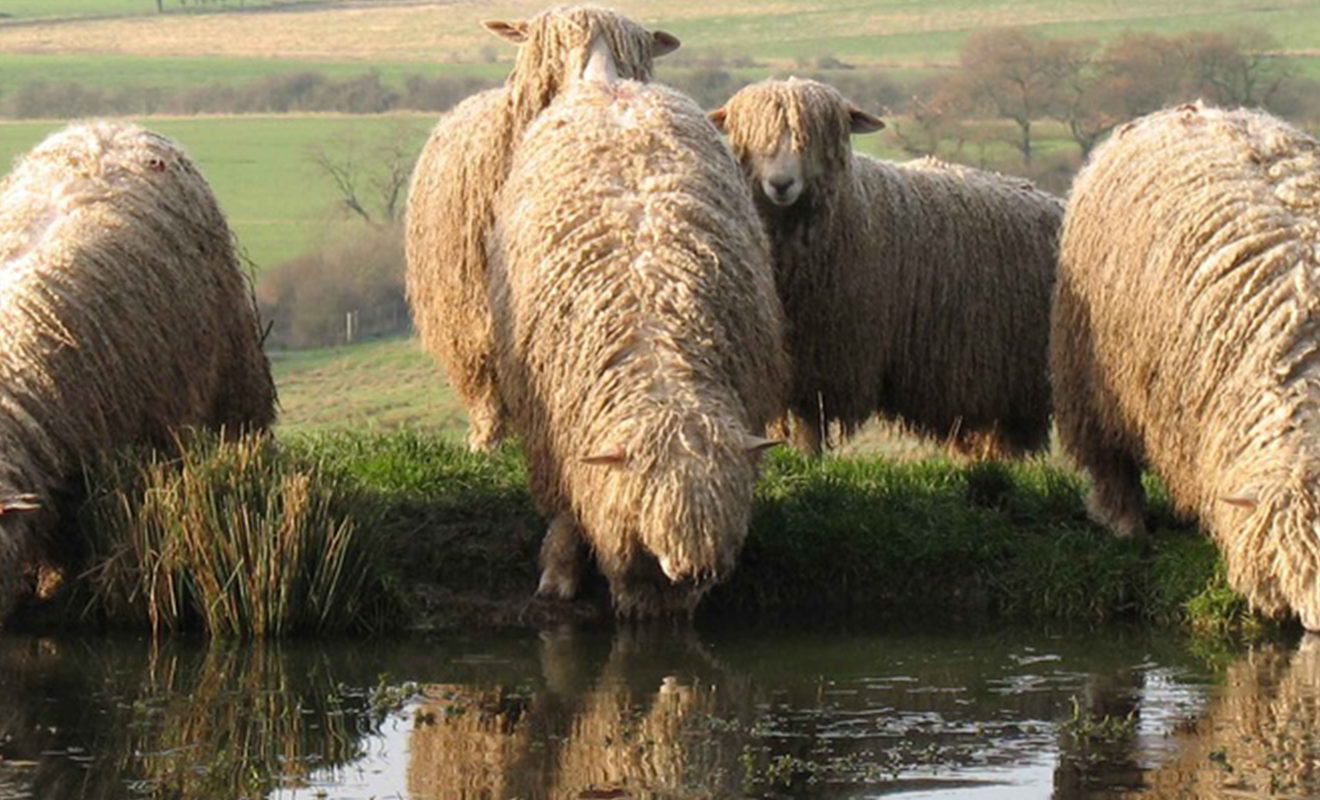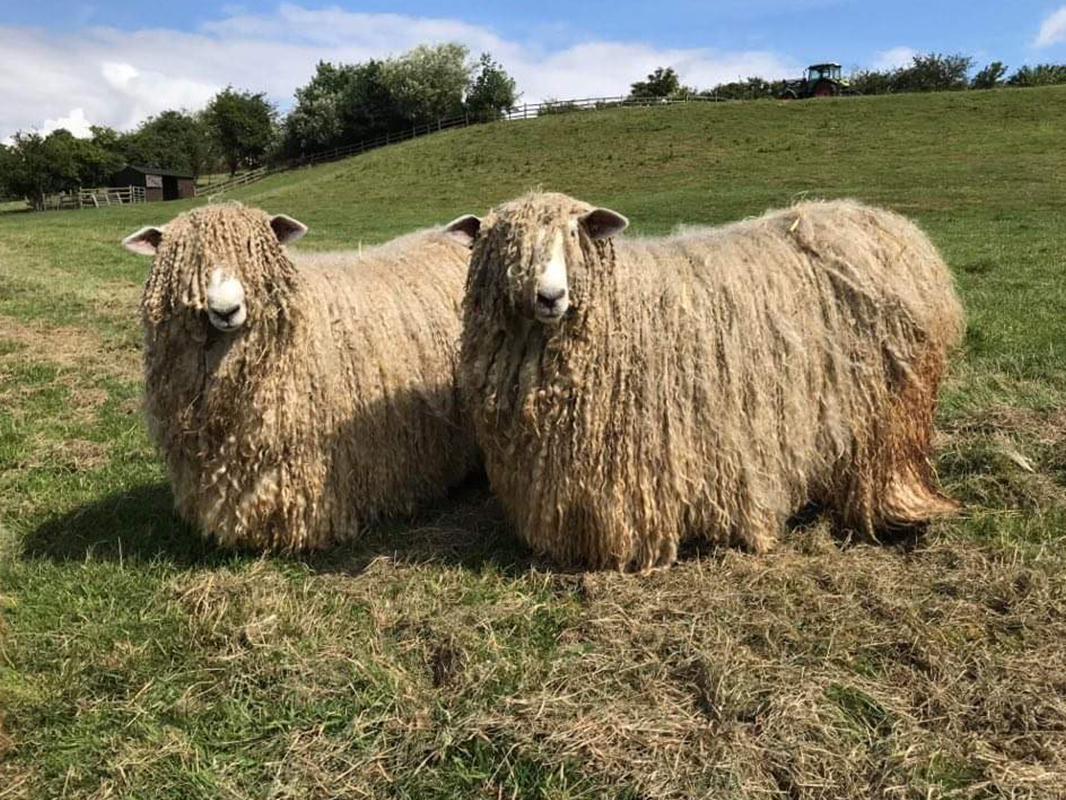Lincoln Longwool
Using the Lincoln Longwool Sheep Breeders Association, The Risby Flock of Lincoln Longwools and the RBST, learn more about Lincoln Longwools.
The quintessentially British Sheep, the Lincoln Longwool is the largest native breed of sheep in England. Originally bred for their long lustrous coats and their meat, they are a very versatile animal. This made them increasingly popular and led to a large number of them being exported to all corners of the globe. It is from this and thanks to the longwools that much of our nation’s wealth was built. Since the decline of the wool industry and increased demand for cheaper meat, the longwools have sadly fallen into decline. They are now a category 4 ‘at risk’ on the RBST watchlist. With fewer than 1000 breeding ewes left in the country, it is important that we protect this fascinating heritage breed.
The long curly tendrils of the Lincoln longwool make it a very hardy sheep. They have a thick lustrous coat very popular in the 17 – 1900’s for all textile uses. Producing one of the heaviest fleeces of any breed. It is growing increasingly popular today, with crafters coming to realise, once again, it’s brilliant potential. Spinning, needle felting, dyeing, knitting and lots of other crafts, will hopefully create an increase in the longwool population.
The longwools have a fleece with a growth rate of 1 inch per month, and so provides a yearly clip of 12 inch long fibres weighing around 20lbs per fleece. This is nearly four times the growth rate of an average breed sheep, making it perfect for the wool and craft industry.



